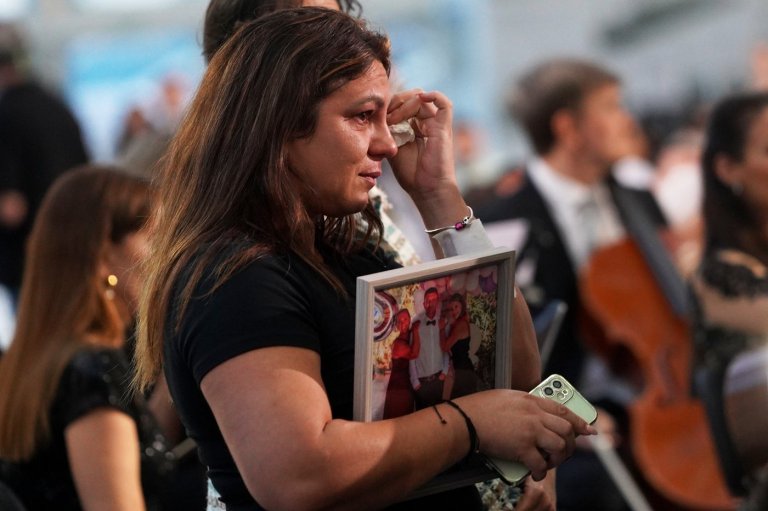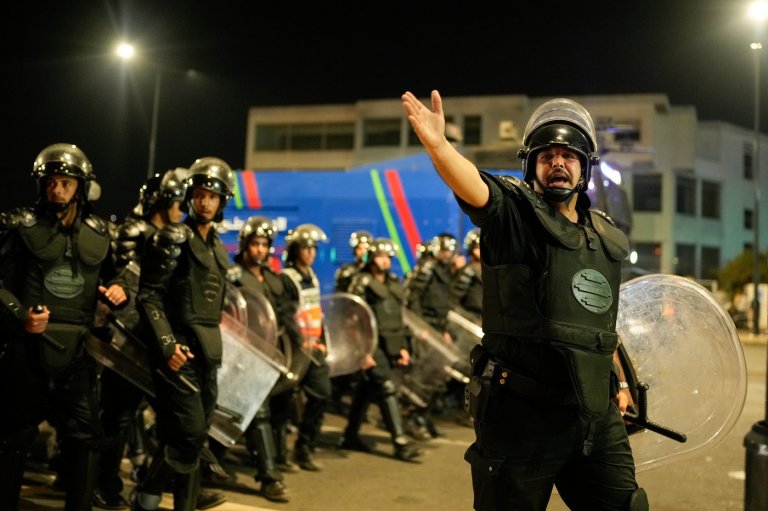Hurricane Melissa leaves dozens dead in trail of destruction across Cuba, Haiti and Jamaica
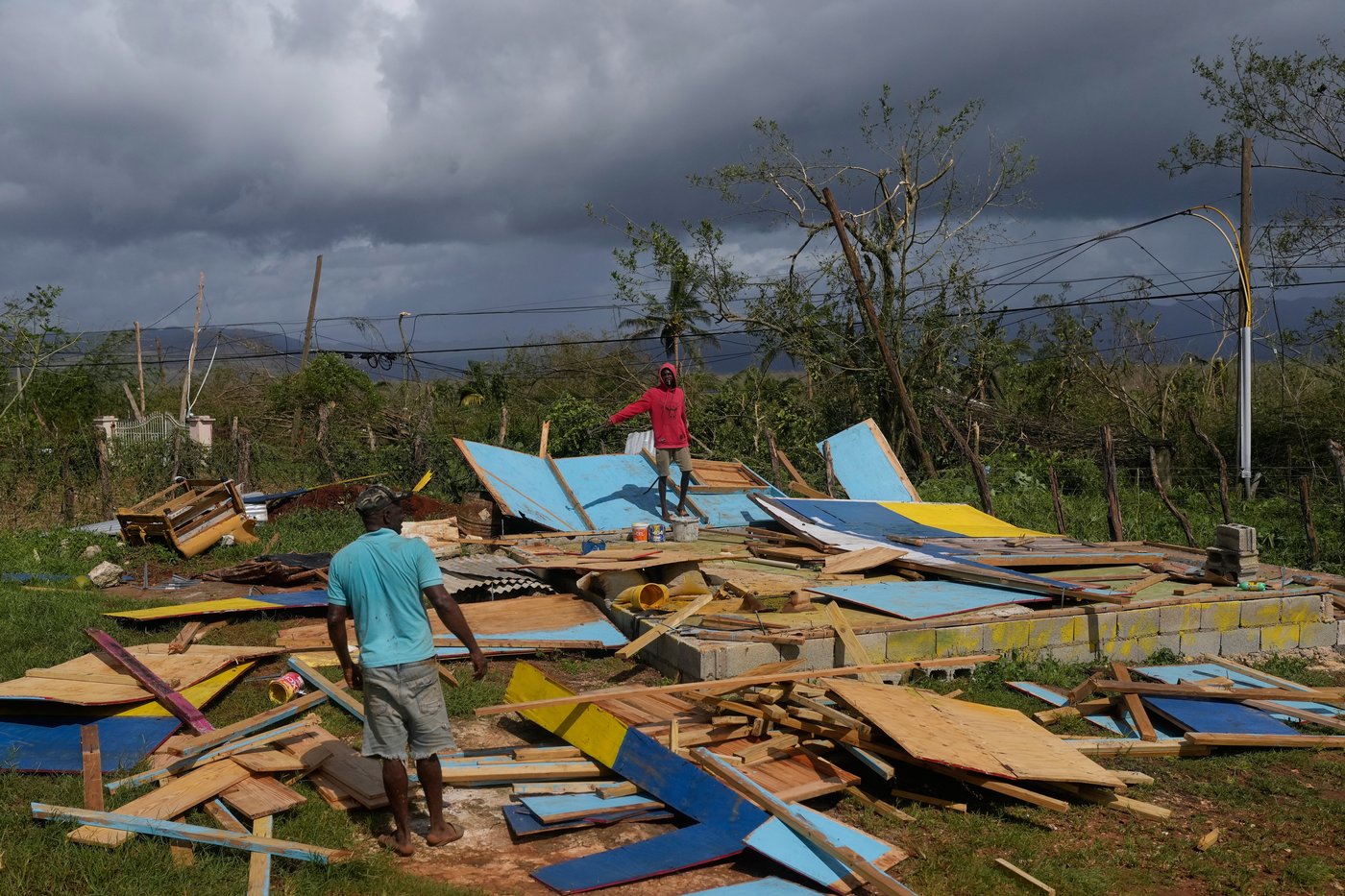
SANTIAGO DE CUBA, Cuba (AP) — Hurricane Melissa left dozens dead and widespread destruction across Cuba, Haiti and Jamaica, where roofless homes, toppled utility poles and water-logged furniture dominated the landscape Wednesday.
A landslide blocked the main roads of Santa Cruz in Jamaica’s St. Elizabeth parish, where the streets were reduced to mud pits. Residents swept water from homes as they tried to salvage belongings. Winds ripped off part of the roof at a high school, a designated public shelter.
“I never see anything like this before in all my years living here,” resident Jennifer Small said.
Melissa made landfall Tuesday in Jamaica as a catastrophic Category 5 storm with top winds of 185 mph (295 kph), one of the strongest Atlantic hurricanes on record, before weakening and moving on to Cuba, but even countries outside the direct path of the massive storm felt its devastating effects.
At least 40 people have died across Haiti, Steven Aristil with Haiti’s Civil Protection Agency told The Associated Press. He said 20 of those deaths were reported in the southern coastal town of Petit-Goâve, where another 10 remain missing. Earlier Wednesday, the mayor of Petit-Goâve told the AP that at least 25 people were killed in that community, where flooding collapsed dozens of homes. The number of dead and missing in Haiti often fluctuate in the early days after major natural disasters.
In Cuba, officials reported collapsed houses, blocked mountain roads and roofs blown off Wednesday, with the heaviest destruction concentrated in the southwest and northwest. Authorities said about 735,000 people remained in shelters.
“That was hell. All night long, it was terrible,” said Reinaldo Charon in Santiago de Cuba. The 52-year-old was one of the few people venturing out Wednesday, covered by a plastic sheet in the intermittent rain.
Jamaica rushes to assess the damage
In Jamaica, more than 25,000 people were packed into shelters Wednesday and more streamed in throughout the day after the storm ripped roofs off their homes and left them temporarily homeless.
Dana Morris Dixon, Jamaica’s education minister, said that 77% of the island was without power Wednesday.
Jamaican officials reported complications in assessing the damage because of outages, noting “a total communication blackout” in areas, Richard Thompson, acting director general of Jamaica’s Office of Disaster Preparedness and Emergency Management, told the Nationwide News Network.
Prime Minister Andrew Holness said in a statement Wednesday that teams are working to rescue people and bring relief where it’s needed the most.
“Recovery will take time, but the government is fully mobilized,” he said. “Relief supplies are being prepared, and we are doing everything possible to restore normalcy quickly.”
Officials in Black River, Jamaica, a coastal town of approximately 5,000 people in the southwestern part of the island, pleaded for aid at a news conference Wednesday.
“Catastrophic is a mild term based on what we are observing,” Mayor Richard Solomon said.
Solomon said the local rescue infrastructure had been demolished by the storm. The hospital, police units and emergency services were inundated by floods and unable to conduct emergency operations. The storm also destroyed the facility where relief supplies were being stored.
In southwest Jamaica, David Muschette, 84, sat among the rubble of his roofless house. He said he lost everything as he pointed to his wet clothes and furniture strewn across the grass while part of his roof partially blocked the road.
“I need help,” he begged.
The government said it hopes to reopen Jamaica’s airports as early as Thursday to ensure quick distribution of emergency relief supplies.
The United States is sending rescue and response teams to assist in recovery efforts in the Caribbean, Secretary of State Marco Rubio announced on X. He said government officials were coordinating with leadership in Jamaica, Haiti, the Dominican Republic and the Bahamas.
St. Elizabeth Police Superintendent Coleridge Minto told Nationwide News Network radio station Wednesday that authorities have found at least four bodies in southwest Jamaica. Minto said police were investigating other unconfirmed deaths. One death was reported in the west when a tree fell on a baby, state minister Abka Fitz-Henley told Nationwide News Network.
Before landfall, Melissa had already been blamed for three deaths in Jamaica, three in Haiti and one in the Dominican Republic.
Cuba rides out the storm
People in the eastern Cuban province of Santiago de Cuba began clearing debris around the collapsed walls of their homes on Wednesday after Hurricane Melissa made landfall in the region hours earlier.
“Life is what matters,” said Alexis Ramos, a 54-year-old fisherman as he surveyed his destroyed home and shielded himself from the intermittent rain with a yellow raincoat. “Repairing this costs money, a lot of money.”
Meanwhile, local media showed images of the Juan Bruno Zayas Clinical Hospital with severe damage: glass scattered across the floor, waiting rooms in ruins and masonry walls crumpled on the ground.
In Cuba, parts of Granma province, especially the municipal capital, Jiguaní, were underwater, said Gov. Yanetsy Terry Gutiérrez. More than 15 inches (40 centimeters) of rain was reported in Jiguaní’s settlement of Charco Redondo.
The hurricane could worsen Cuba’s severe economic crisis, which already has led to prolonged power blackouts, along with fuel and food shortages.
“There will be a lot of work to do. We know there will be a lot of damage,” Cuban President Miguel Díaz-Canel said in a televised address, and urged the population not to underestimate the power of Melissa,.
Wednesday afternoon, Melissa had top sustained winds of 100 mph (155 kph) and was moving northeast at 15 mph (24 kph) according to the U.S. National Hurricane Center in Miami. The hurricane was centered about 110 miles (175 kilometers) south-southest of the central Bahamas.
Michael Brennan, director of the National Hurricane Center, said the storm began affecting the southeastern Bahamas on Wednesday.
“The storm is growing in size,” he said, noting that tropical storm force winds now extend almost 200 miles (320 kilometers) from the center.
Melissa’s center is forecast to move through southeastern Bahamas later Wednesday, generating up to 7 feet (2 meters) of storm surge in the area. By late Thursday, Melissa is expected to pass just west of Bermuda.
___
Rodríguez reported from Havana, Myers from Santa Cruz, Jamaica, and Sanon from Port-au-Prince, Haiti. Dánica Coto in San Juan, Puerto Rico, and Safiyah Riddle in Montgomery, Alabama, contributed to this report.
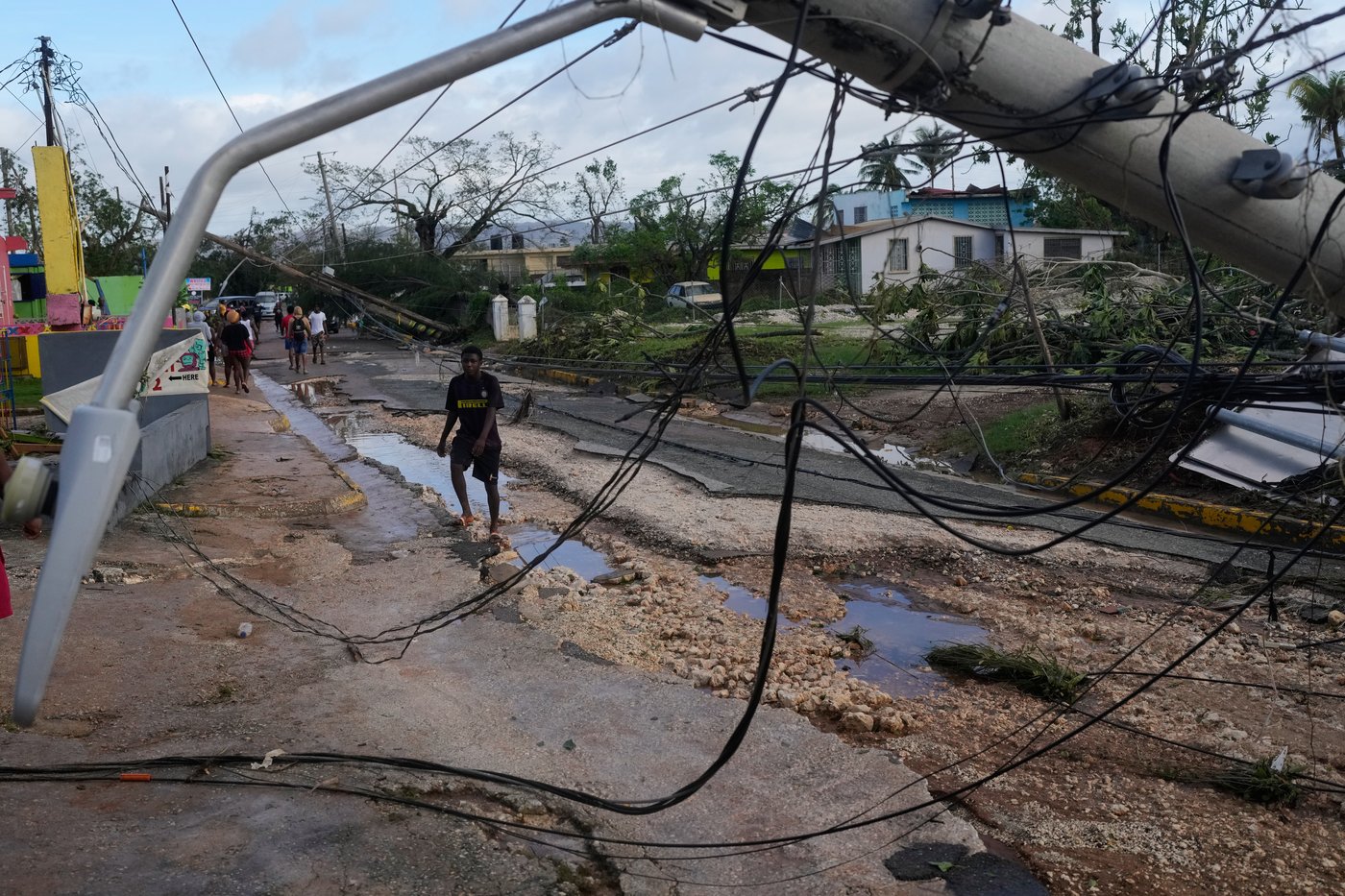
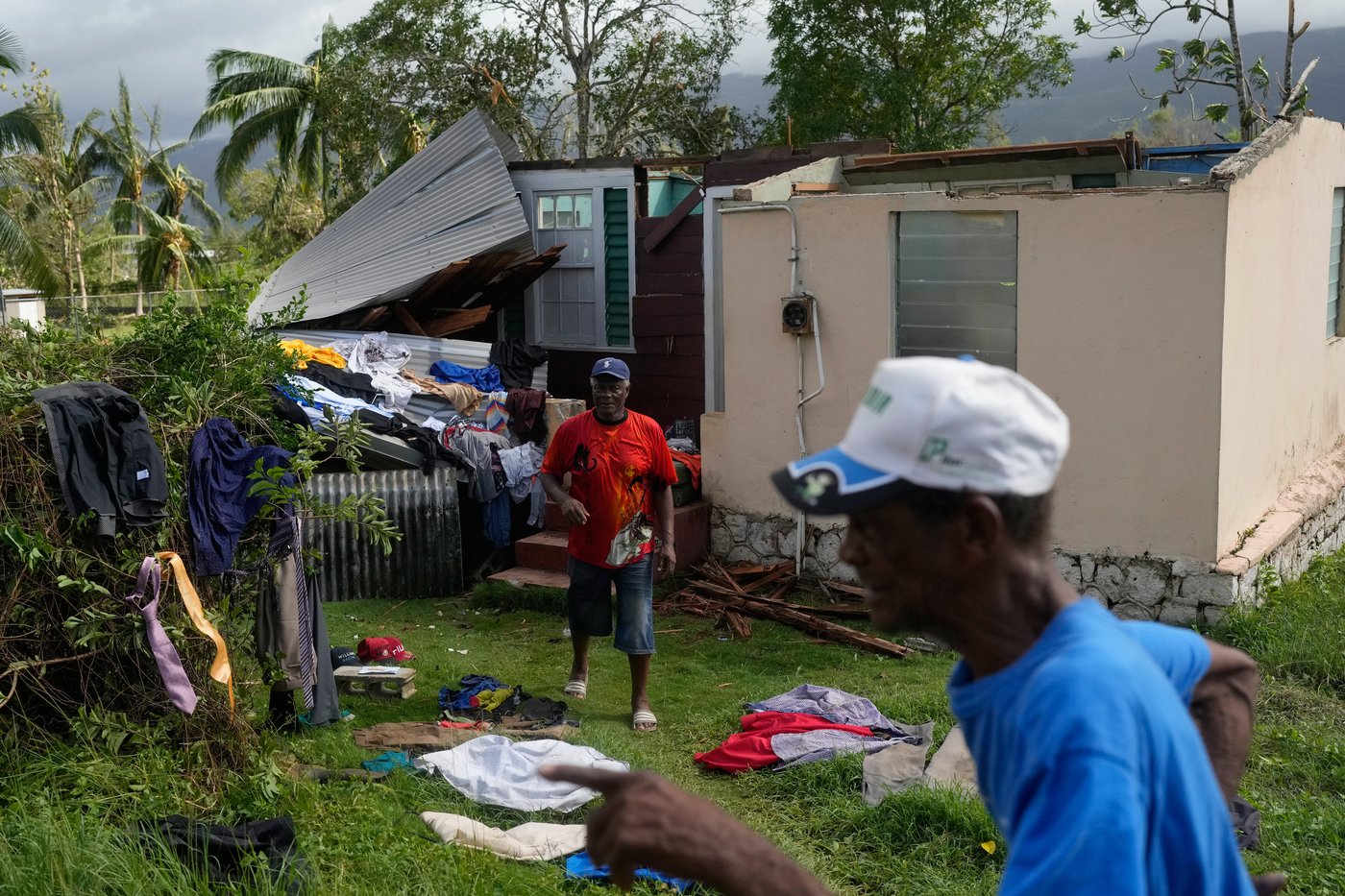
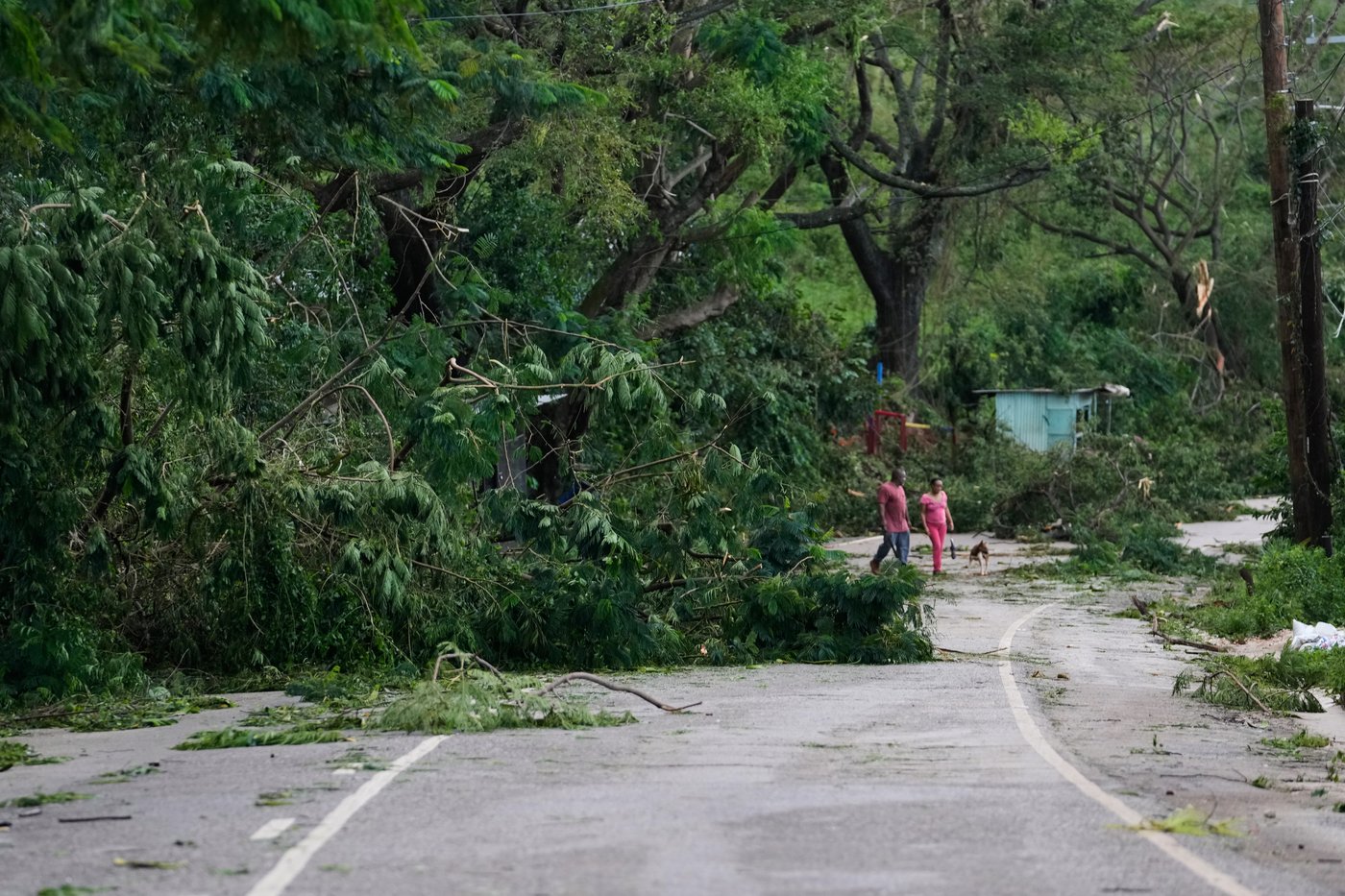
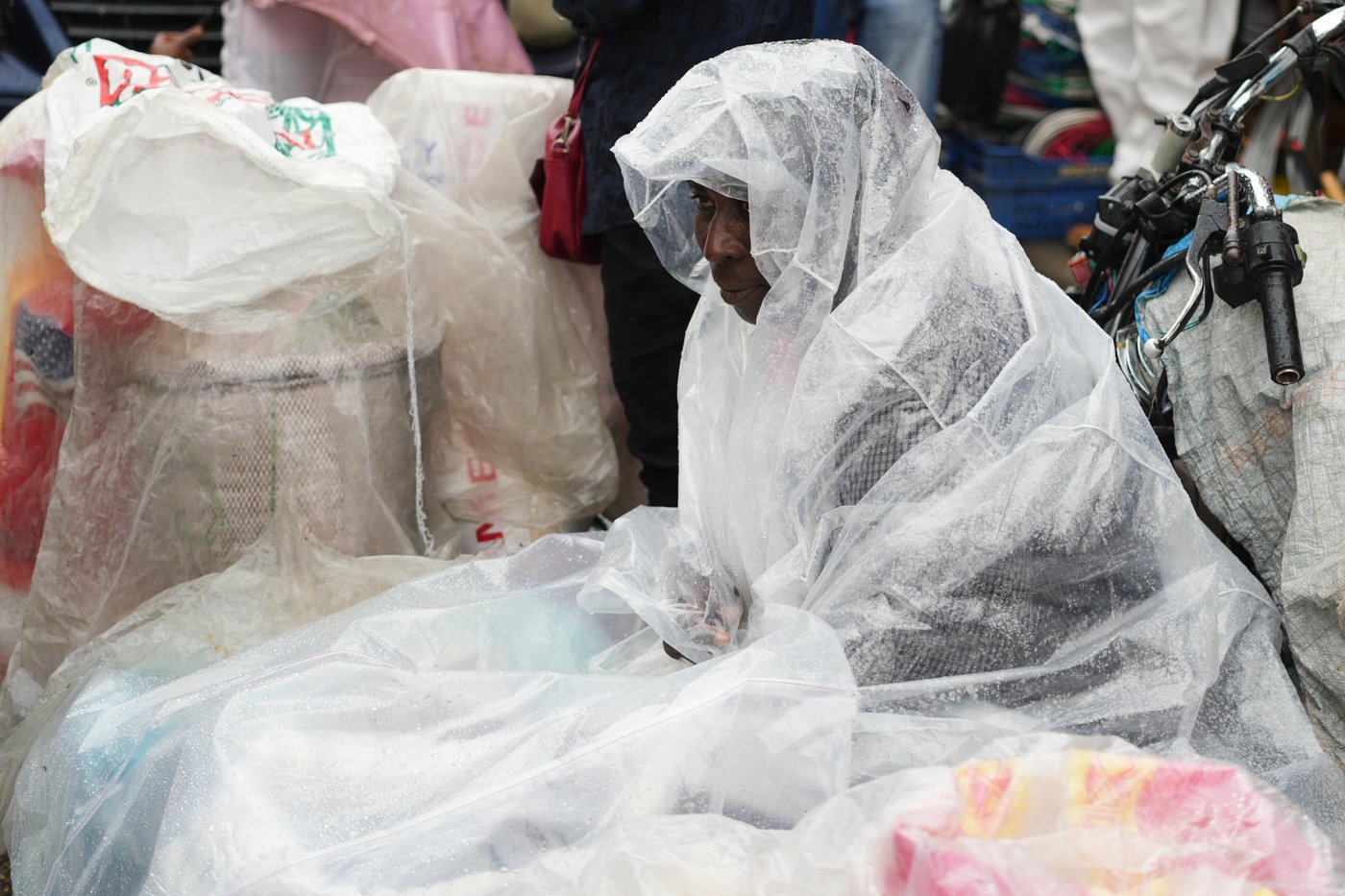
Join the Conversation!
Want to share your thoughts, add context, or connect with others in your community?
You must be logged in to post a comment.














